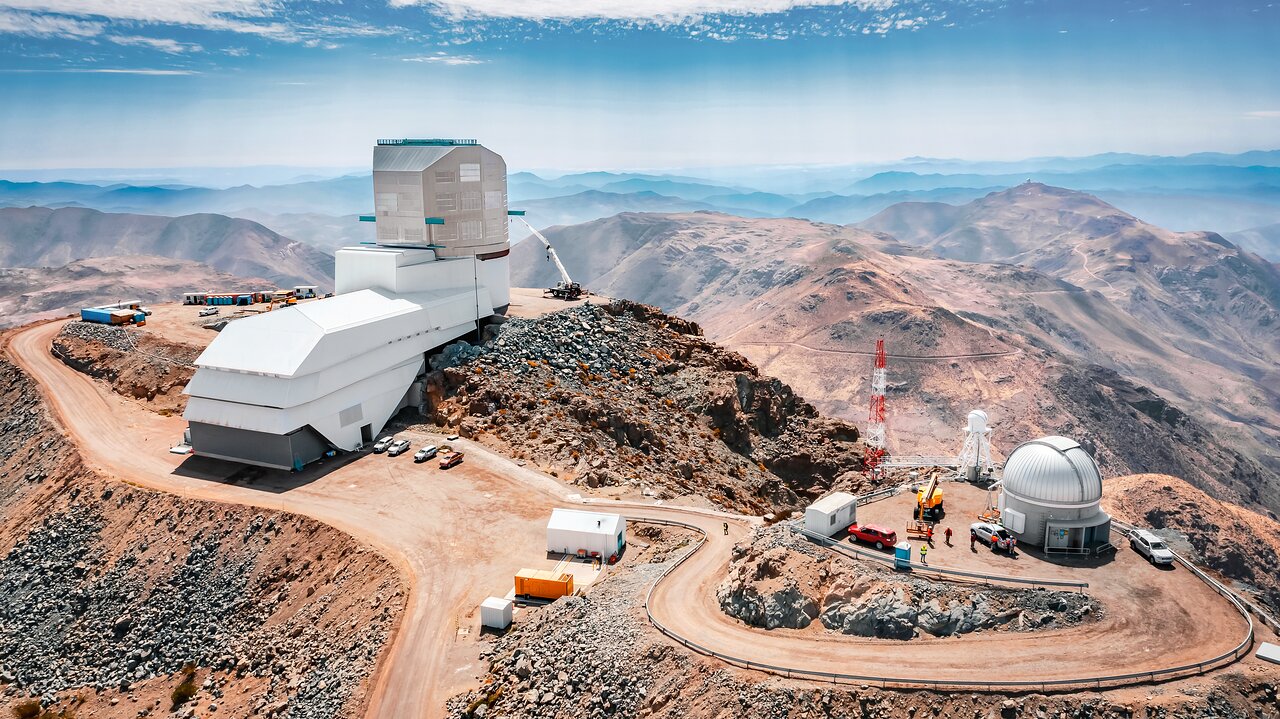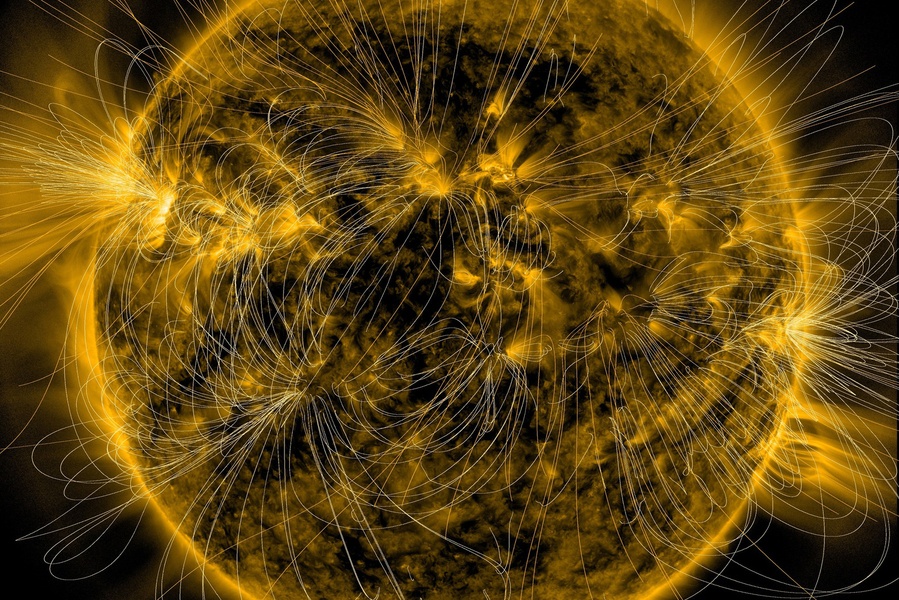As humanity returns to the Moon in the next few years, they’re going to need water to survive. While resupplies from Earth would work for a time, eventually the lunar base would have to become self-sustaining? So, how much water would be required to make this happen? This is what a recently submitted study hopes to address as a team of researchers from Baylor University explored water management scenarios for a self-sustaining moonbase, including the appropriate location of the base and how the water would be extracted and treated for safe consumption using appropriate personnel.
Continue reading “How Much Water Would a Self-Sustaining Moonbase Need?”Black Holes: Why study them? What makes them so fascinating?
Over the last few months, Universe Today has explored a plethora of scientific fields, including impact craters, planetary surfaces, exoplanets, astrobiology, solar physics, comets, planetary atmospheres, planetary geophysics, cosmochemistry, meteorites, radio astronomy, extremophiles, and organic chemistry, and how these various disciplines help scientists and the public better understand our place in the cosmos.
Continue reading “Black Holes: Why study them? What makes them so fascinating?”There’s Another, More Boring Explanation for those Dyson Sphere Candidate Stars
Dyson Spheres have been a tantalising digression in the hunt for alien intelligence. Just recently seven stars have been identified as potential candidates with most of their radiation given off in the infrared wavelengths. Potentially this is the signature of heat from a matrix of spacecraft around the star but alas, a new paper has another slightly less exciting explanation; dust obscured galaxies.
Continue reading “There’s Another, More Boring Explanation for those Dyson Sphere Candidate Stars”Hundreds of Massive Stars Have Simply Disappeared

The lifecycle of a star is regularly articulated as formation taking place inside vast clouds of gas and dust and then ending either as a planetary nebula or supernova explosion. In the last 70 years however, there seems to be a number of massive stars that are just disappearing! According to stellar evolution models, they should be exploding as supernova but instead, they just seem to vanish. A team of researchers have studied the behaviour of star VFTS 243 – a main sequence star with a black hole companion – and now believe it, like the others, have just collapsed, imploding into a black hole!
Continue reading “Hundreds of Massive Stars Have Simply Disappeared”What’s Under This Hole on the Surface of Mars?

Human visitors to Mars need somewhere to shelter from the radiation, temperature swings, and dust storms that plague the planet. If the planet is anything like Earth or the Moon, it may have large underground lava tubes that could house shelters. Collapsed sections of lava tubes, called skylights, could provide access to these subterranean refuges.
Does this hole on Mars lead to a larger underground cavern?
Continue reading “What’s Under This Hole on the Surface of Mars?”Sorry Spock, But “Vulcan” Isn’t a Planet After All

In 2018, astronomers detected an exoplanet around the star 40 Eridani. It’s about 16 light-years away in the constellation Eridanus. The discovery generated a wave of interest for a couple of reasons. Not only is it the closest Super-Earth around a star similar to our Sun, but the star system is the fictional home of Star Trek’s Vulcan science officer, Mr. Spock.
It’s always fun when a real science discovery lines up with science fiction.
Continue reading “Sorry Spock, But “Vulcan” Isn’t a Planet After All”A Mini-Neptune in the Habitable Zone in a Binary Star System
Sometimes, it seems like habitable worlds can pop up almost anywhere in the universe. A recent paper from a team of citizen scientists led by researchers at the Flatiron Institute might have found an excellent candidate to look for one – on a moon orbiting a mini-Neptune orbiting a star that is also orbited by another star.
Continue reading “A Mini-Neptune in the Habitable Zone in a Binary Star System”Astronomy Generates Mountains of Data. That’s Perfect for AI

Consumer-grade AI is finding its way into people’s daily lives with its ability to generate text and images and automate tasks. But astronomers need much more powerful, specialized AI. The vast amounts of observational data generated by modern telescopes and observatories defies astronomers’ efforts to extract all of its meaning.
Continue reading “Astronomy Generates Mountains of Data. That’s Perfect for AI”The Sun’s Magnetic Field Might Only Be Skin Deep
It’s coming back! Sunspot AR3664 gave us an amazing display of northern lights in mid-May and it’s now rotating back into view. That means another great display if this sunspot continues to flare out. It’s all part of solar maximum—the peak of an 11-year cycle of solar active and quiet times. This cycle is the result of something inside the Sun—the solar dynamo. A team of scientists suggests that this big generator lies not far beneath the solar surface. It creates a magnetic field and spurs flares and sunspots.
Continue reading “The Sun’s Magnetic Field Might Only Be Skin Deep”Volcanoes Were Erupting on Venus in the 1990s
Start talking about Venus and immediately my mind goes to those images from the Venera space probes that visited Venus in the 1970’s. They revealed a world that had been scarred by millennia of volcanic activity yet as far as we could tell those volcanoes were dormant. That is, until just now. Magellan has been mapping the surface of Venus and between 1990 and 1992 had mapped 98% of the surface. Researchers compared two scans of the same area and discovered that there were fresh outflows of molten rock filling a vent crater! There was active volcanism on Venus.
Continue reading “Volcanoes Were Erupting on Venus in the 1990s”





